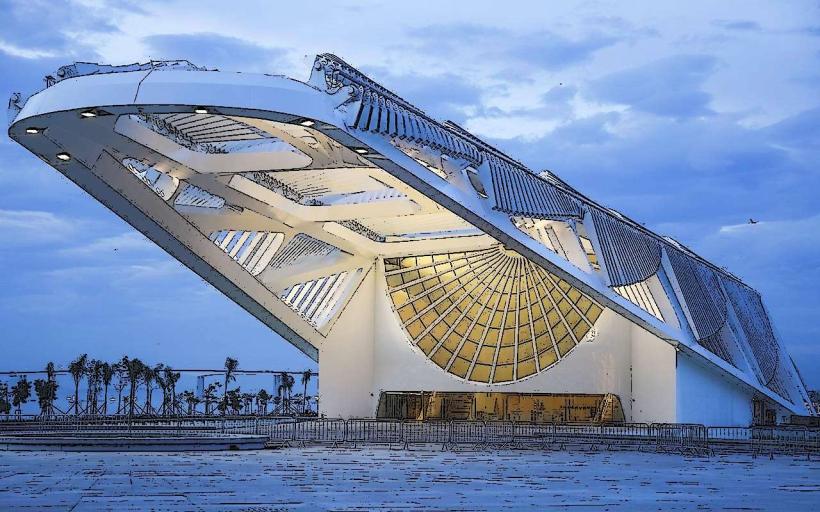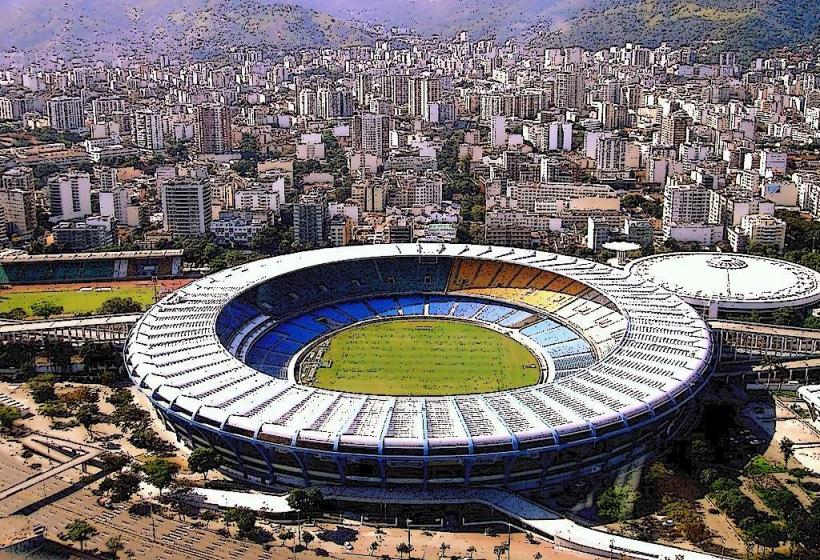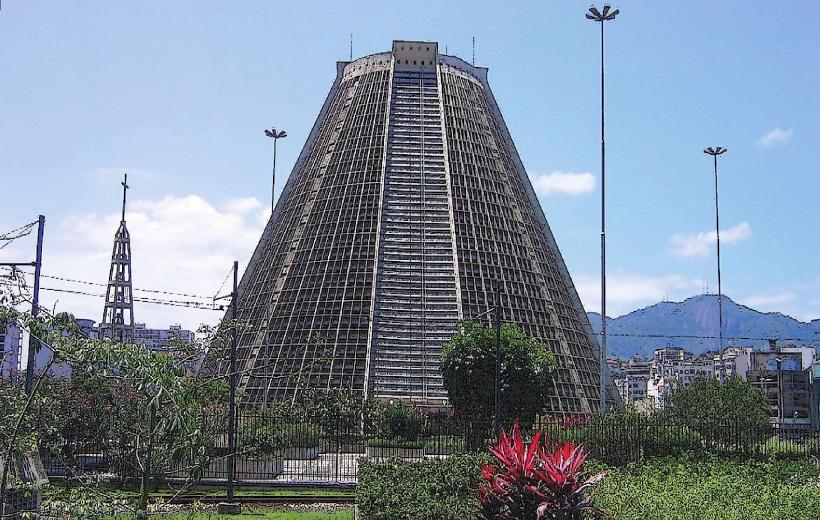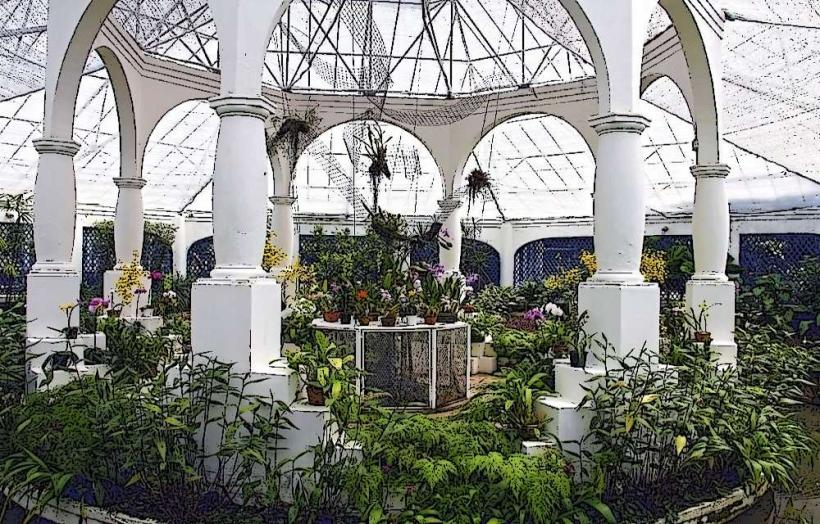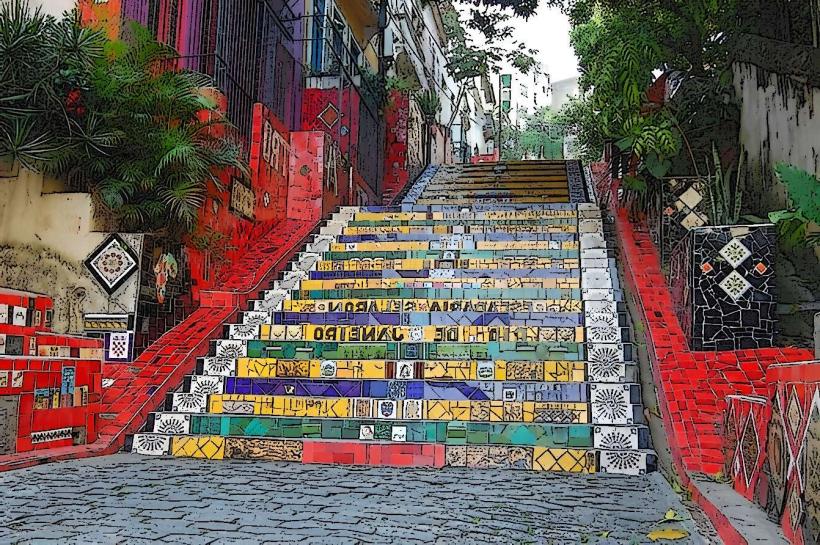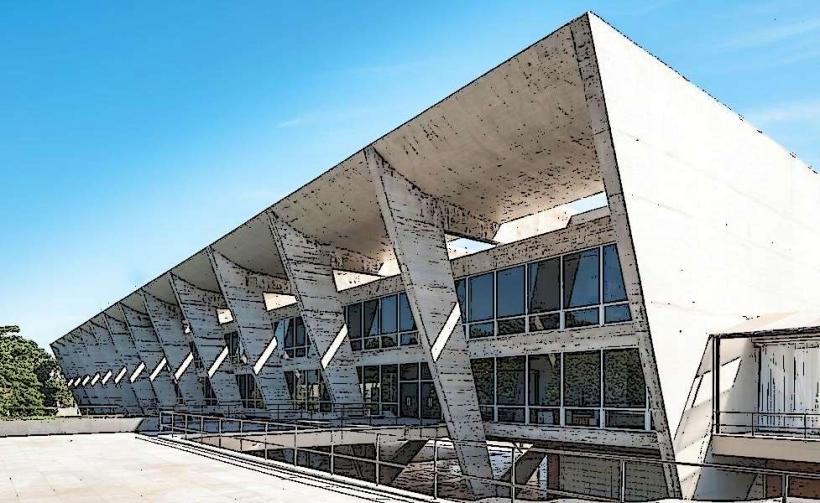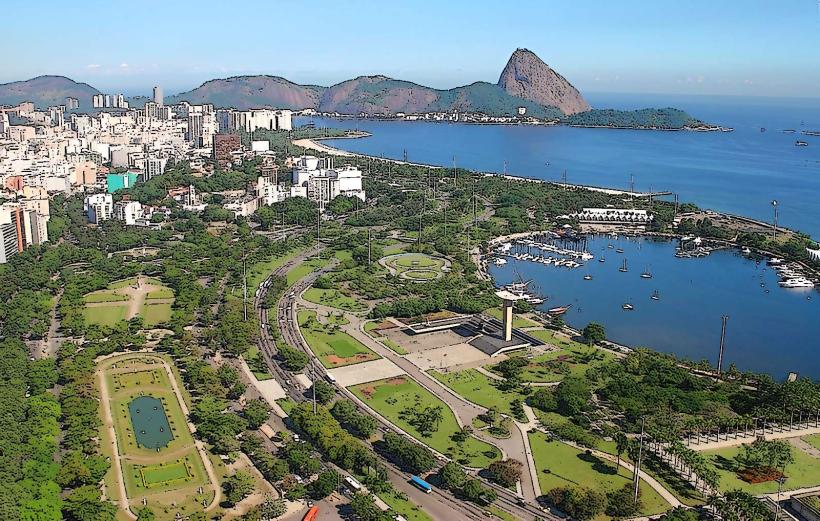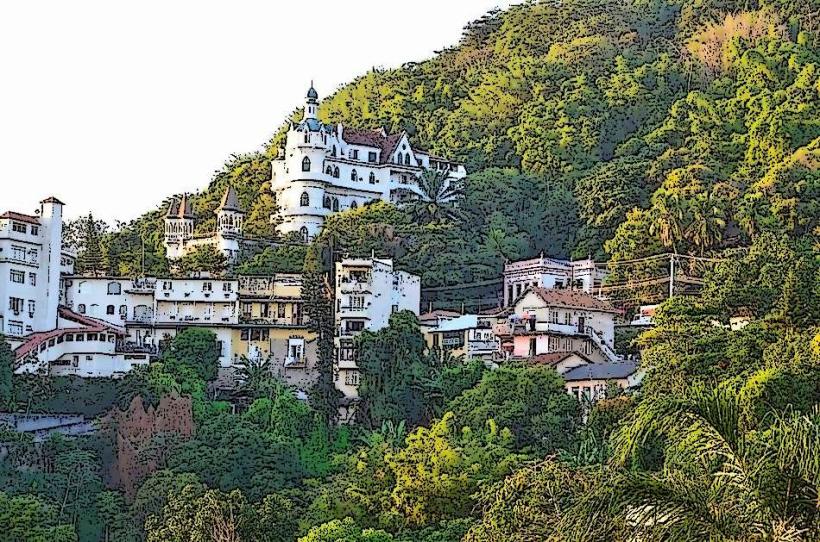Information
Landmark: Lapa ArchesCity: Rio de Janeiro
Country: Brazil
Continent: South America
Lapa Arches, Rio de Janeiro, Brazil, South America
Overview
The Lapa Arches, or Arcos da Lapa, rise proudly in Rio de Janeiro’s historic Lapa neighborhood, their white stone stretching across the sky in the heart of downtown.The arches stand as a reminder of the city’s colonial roots, yet they also glow with the color and bustle of its lively present.Famous for their striking architecture and rich history, they also pulse at the heart of Lapa’s nightlife, where music spills into the streets.First.Between 1744 and 1750, during Brazil’s colonial era, the Lapa Arches took shape-first as an aqueduct carrying cool, clear water from the Carioca River into the bustling heart of Rio de Janeiro.Portuguese engineer José Fernandes Pinto Alpoim designed the aqueduct, crafting it from solid stone and sturdy masonry that still feels cool to the touch.It’s made up of 42 arches and runs about 270 meters-nearly the length of three football fields.Acting like a giant aqueduct, the arches once carried clear water to Rio’s Santa Teresa district, meeting the thirst of a fast-growing city.At the time, people saw it as a major feat of colonial engineering, the kind that turned dusty plans into solid stone and timber.The structure carried water as an aqueduct right up to the 20th century, when new pipes and pumping stations finally took over.Transformation into a Bridge: By the late 1800s, as Rio grew busier and modern streets replaced old paths, the aqueduct’s water no longer flowed for its original purpose.Instead, the Lapa Arches were turned into a tram bridge, carrying streetcars from the bustle of downtown up to the hillside streets of Santa Teresa, tightening the neighborhood’s bond with the rest of the city.Number two.Architectural Features Design: The Lapa Arches showcase a Roman aqueduct style, with 42 perfectly even arches rising from sturdy stone and rough masonry.Solid piers hold up the arches, and the upper section was once built to carry the flow of water, glinting in the sun as it ran.This building showcases the neoclassical style, with crisp, simple lines and balanced geometric shapes, like the steady rhythm of evenly spaced columns.The arches rise 14 meters-about 46 feet-towering over the streets and catching the light as buses and cyclists pass below.They stretch through the Lapa neighborhood, their white stone gleaming sharply against the riot of color in the bustling streets.Functionality: The arches once carried water, but now they stand woven into the city’s skyline, their stones warm in the afternoon sun.Today, they stand as a vivid part of Rio’s skyline, carrying the weight of its history in every weathered stone.Three.Lapa, the lively neighborhood wrapped around the old stone arches, buzzes with music at night, showcases graceful historic buildings, and hums with a rich, ever-changing cultural scene.For decades, it stood at the heart of Rio’s music and art scene, especially in the 20th century, when the streets pulsed with samba, choro, and the smooth sway of bossa nova.Historic Significance: The Lapa Arches stand not only as striking architecture but as a proud emblem of the city’s long, storied past, their white stone glowing in the afternoon sun.Over the years, the streets around the arches have come to embody Rio’s bohemian spirit, drawing locals and travelers alike to its late-night music, art-filled walls, and vibrant traditions.Today, Lapa buzzes with bars, clubs, and live music spilling into the streets, and the white stone Lapa Arches stand at the heart of its celebrations and events.Whether it’s a live band shaking the cobblestones, a crowded street festival, or just a night out under the lights, the arches stand at the heart of Rio’s social and cultural life.Number four.The Lapa Arches now draw crowds from all over, making them one of Rio’s most popular sights, their white stone shimmering in the midday sun.Visitors often pause to admire the building’s graceful arches, snap a few photos, and wander through the streets nearby.Start your Lapa adventure at the arches-they sit right in the heart of the neighborhood, just a quick stroll from bus stops and bustling streets.The white arches of Rio de Janeiro, bright against the blue sky, have become a city icon, showing up in postcards, films, and travel guides alike.Blending rich history with a vibrant present, they draw visitors in like the scent of fresh bread from a bakery, making them a must-see in the city.Five.The Lapa Arches, part of the old Carioca Aqueduct, were once tied directly to the city’s water supply, carrying fresh water across their pale stone spans into the heart of Rio.In colonial times, the aqueduct played a crucial role in Rio’s infrastructure, carrying cool, fresh water to the city’s fast-growing population.The white arches stand as a vivid reminder of Rio’s colonial past, their shift from carrying water to carrying trams tracing the city’s journey through time.Woven into the lively streets and music of today’s Lapa, this historical narrative turns the arches into a vivid emblem of the city’s journey from a bustling colonial port to a modern metropolis.Number six.In popular culture, the Lapa Arches pulse with the sound of Brazilian music, especially samba drifting from late-night bars.The arches sit just steps from some of the city’s legendary samba clubs and music halls, where for decades the air has pulsed with drums and laughter.The Lapa Arches are woven into Rio’s samba tradition, and the surrounding streets still draw crowds for live music-bright tamborim beats, swaying dancers, and the lively sounds of samba and choro filling the night air.Film and photography have captured the arches in countless ways-from sweeping shots in Rio’s skyline to close-ups in documentaries and classic films.With their bright white walls glowing against the buzz and color of the city, they draw photographers and filmmakers eager to capture the scene.Seven.Today, the Lapa Arches still carry the famous Bondinho, the old yellow tram that rattles across their span, giving visitors a nostalgic glimpse into Rio’s past.The tram rattles from Centro up to Santa Teresa, offering a popular, scenic way to take in the neighborhood’s steep streets and bright tiled walls.Cultural Events and Festivals: Music drifts through the air as the Lapa Arches come alive with street festivals and lively cultural gatherings.You’ll find live music spilling into the streets, vibrant parades winding past crowds, and neighbors gathering to celebrate-especially during Brazil’s biggest holidays, like Carnival and New Year’s Eve.Nightlife and dining thrive around the arches, where glowing neon signs draw locals and visitors into buzzing bars, cozy restaurants, and pulsing nightclubs alive with Rio’s energy.At night, the Lapa Arches glow under bright lights, casting a warm shimmer that fuels the district’s lively energy.Eight.Visitor Information – Getting There: You can reach the Lapa Arches easily by public transit; the metro stops just a short walk from the neighborhood’s cobbled streets.They’re also just a short walk from some of Rio de Janeiro’s best-known spots, like the colorful Selarón Steps and the winding streets of Santa Teresa.The Lapa Arches are at their best in the evening, when the streets hum with music and the air pulses with energy.






